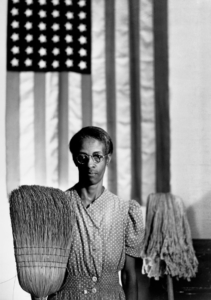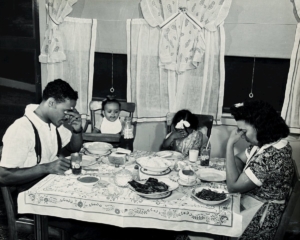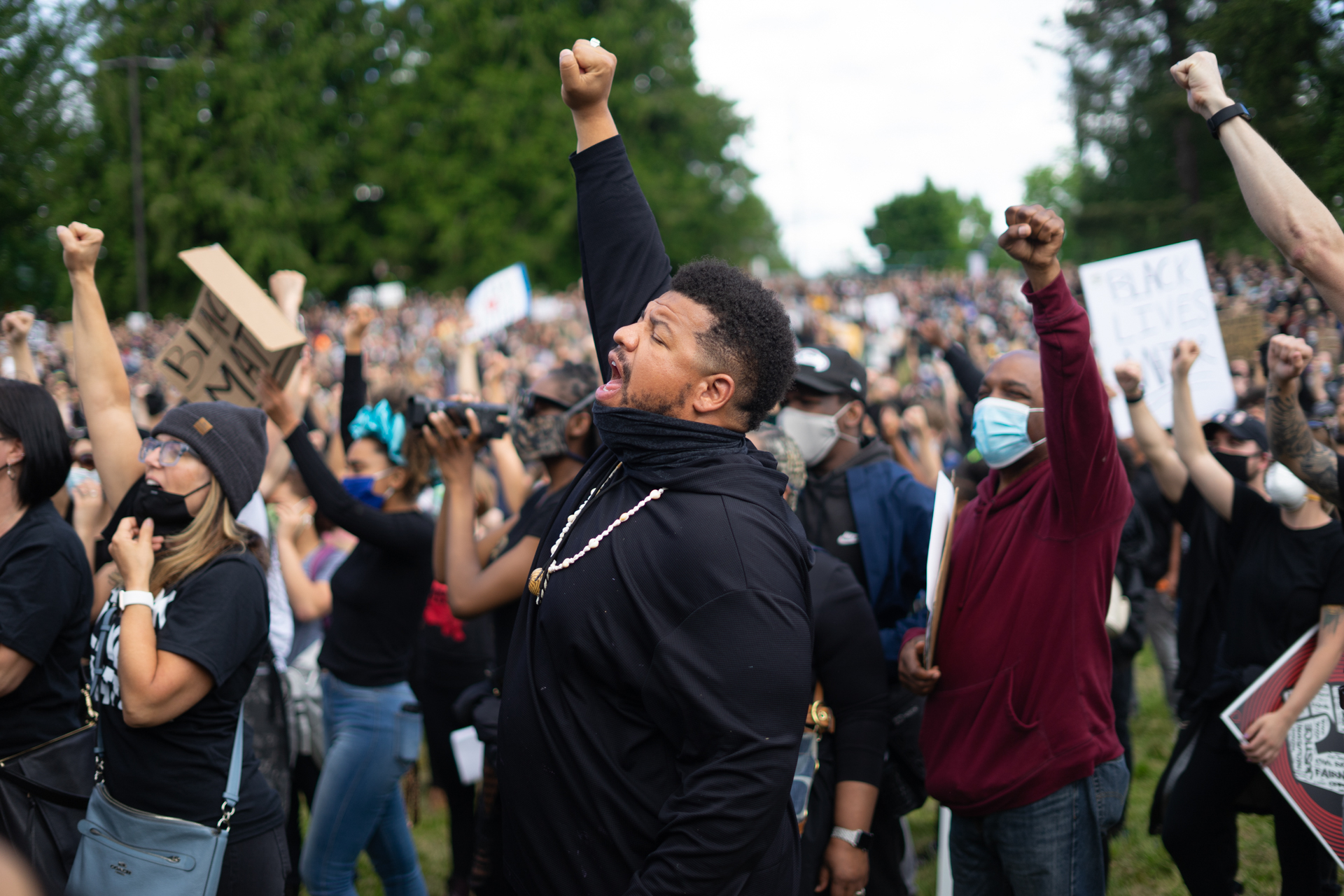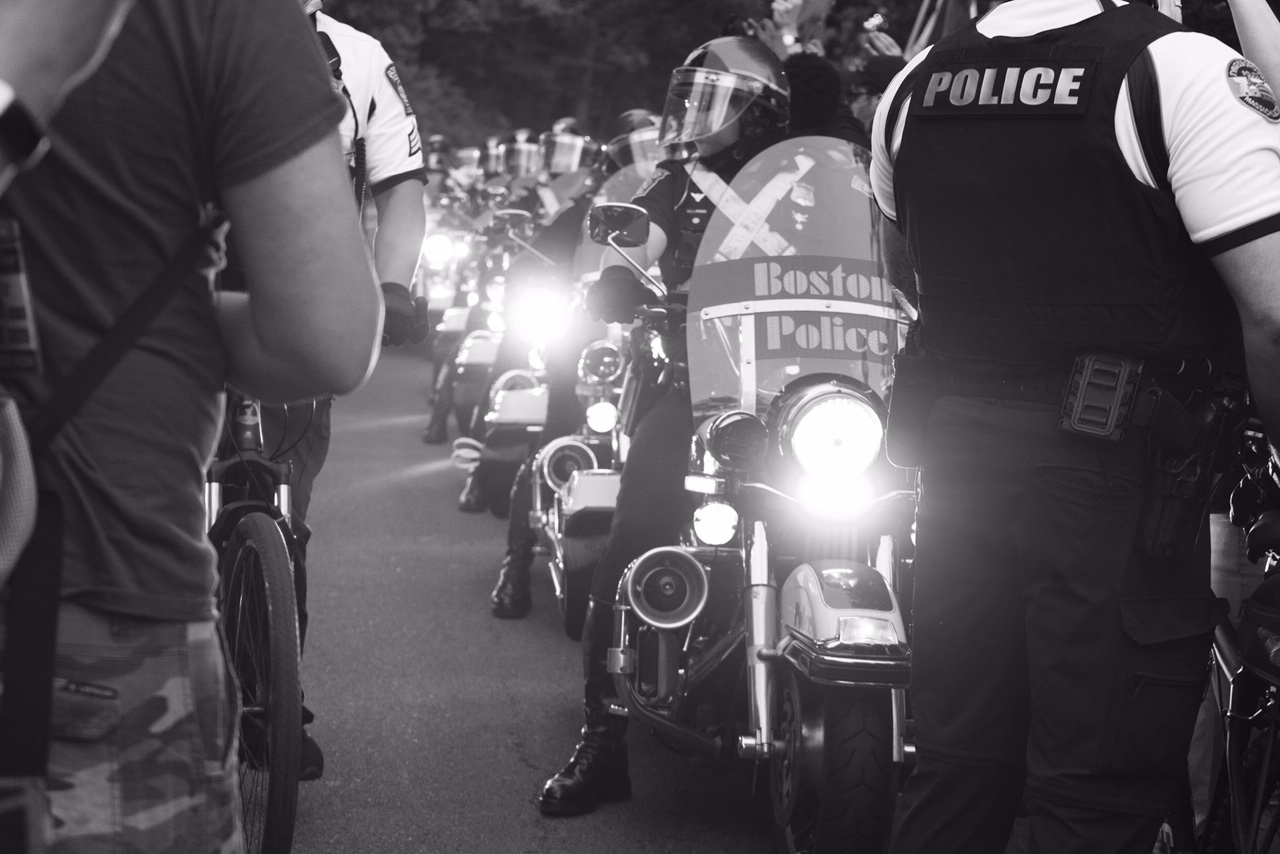“What the camera had to do was expose the evils of racism, the evils of poverty, the discrimination and the bigotry, by showing the people who suffered most under it.” These are the words of photojournalist Gordon Parks (1912-2006). From his work as a New Deal photographer in the 1940s, through the tumult of the Civil Rights Movement of the 1960s, and into the 70s, 80s and beyond, Parks’ images of Black America made visible the country’s racist legacy and the struggles to overcome it.
Parks was born in 1912 in segregated Fort Scott, Kansas. His parents, tenant farmers, died when Parks was a child. By age 15 he was on his own, scraping by as a singer, piano player, busboy, and waiter. During the Depression, Parks, he joined the Civilian Conservation Corps, toured as a semi-pro basketball player. Inspired by photographs of migrant workers, Parks bought his first camera and taught himself how to use it. He got work as a fashion photographer and made portraits of society women, while also turning his eye to the social conditions of African Americans living on Chicago’s South Side. It was this work that earned Parks a fellowship and, in 1942, a job with the Farm Security Administration (FSA). He was the only Black photographer on the staff. It was the beginning of a long career that showcased the lives Black Americans.

Gordon Parks
March on Washington, 1963
Photo Credit: Photographer unknown, Courtesy: Gordon Parks Foundation
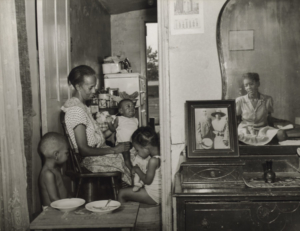
Mrs Ella Watson, a government charwoman, with three grandchildren and her adopted daughter, july 1942[1]
Gordon Parks Washington, D.C. Mrs. Ella Watson, a government charwoman, with three grandchildren and her adopted daughter, July 1942 gelatin silver print sheet: 18.3 × 23.7 cm (7 3/16 × 9 5/16 in.) mount: 24.1 × 29.2 cm (9 1/2 × 11 1/2 in.) Prints and Photographs Division, Library of Congress, Washington, D.C.
“I saw that the camera could be a weapon against poverty, against racism, against all sorts of social wrongs. I knew at that point I had to have a camera.”
—Gordon Parks
Parks admired FSA photographers like Dorothea Lange, Marion Post Wolcott, Arthur Rothstein and Jack Delano. Under the FSA’s demanding director, Roy Stryker, Parks began making what he called, “stark photographs [that] accused man himself,” protesting the inequities he observed with keen eyes, nimble fingers, the light of a flashbulb. One of his best known photographs, “American Gothic,” a portrait of domestic worker Ella Watson, reflects Parks’ own encounters with racism in the nation’s segregated capital. Stryker feared that the photograph would so outrage white Congressmen that all the FSA photographers would be fired.
“I picked up a camera because it was my choice of weapons against what I hated most about the world, including racism, intolerance and poverty,” Parks told The New York Times in 2002.
The same can be said for those documenting America’s current social justice movements, like Yachin Parham in New York City. “A photograph makes the story real. You see the emotion, the love, the shapes, the light,” he says. In Boston, OJ Slaughter is also documenting the civil unrest. “While photography helps tell history, it can also alter history,” he says. Chloe Collyer, who is covering protests in Seattle, observes, “There are photographers in every large city in the country documenting a new global movement for Black lives. And that’s uplifting for me both as a photojournalist and a descendant of enslaved people.”
Says New York photographer Andre D. Wagner, who was inspired by Parks, “In America we want to sweep our history under the rug, but any real art won’t let you.”
With the highest caliber cameras and lowliest smartphones, there are a thousand Gordon Parks showing America to itself.
